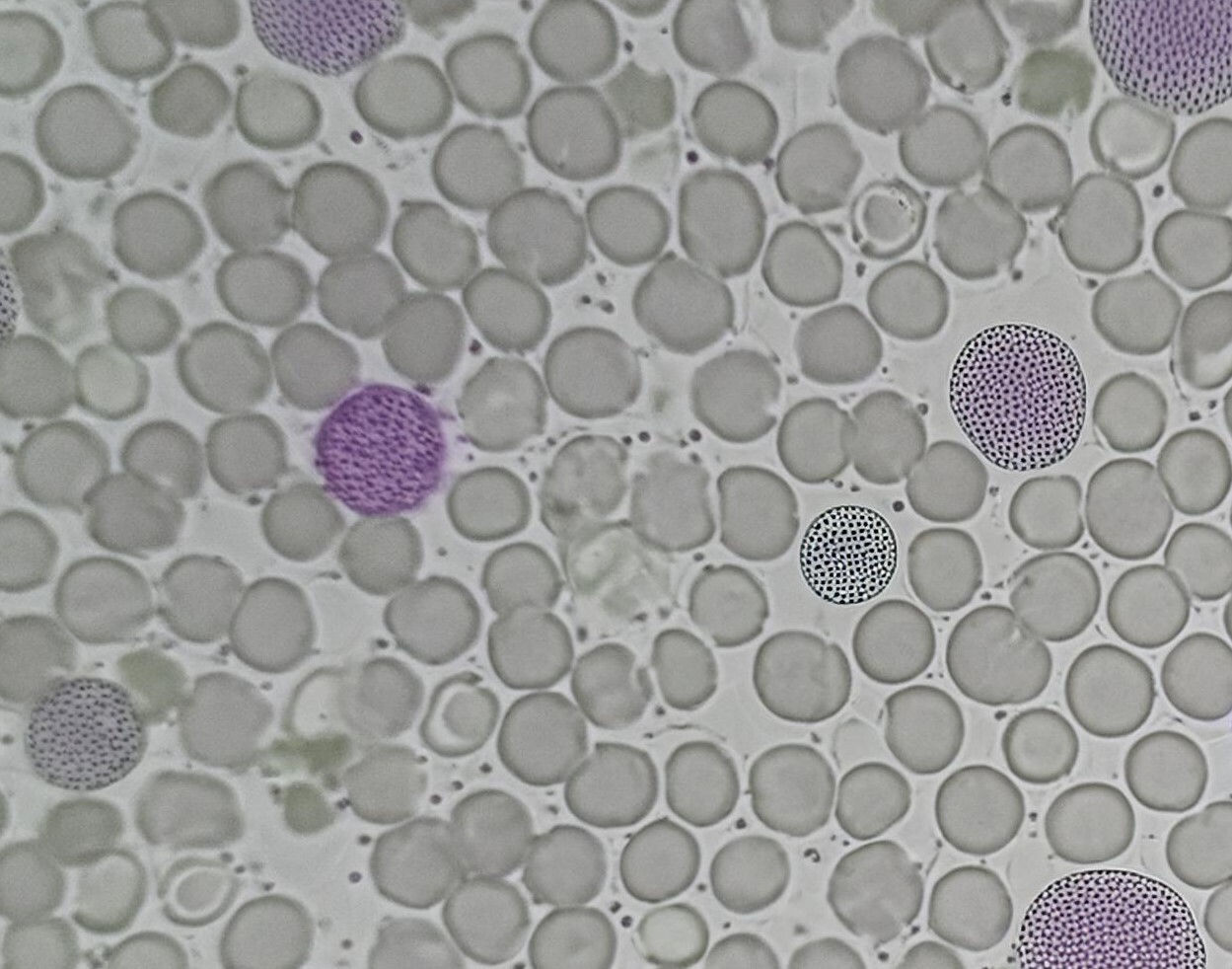Diseases
Ehrlichia & Anaplasma
Human ehrlichiosis is an increasingly prevalent tick-borne disease, first reported to the US Centers for Disease Control and Prevention (CDC) in 1999.
Ehrlichiae are obligate intracellular bacteria with epidemiological differences. Although described as pathogens as early as 1935, Ehrlichiae were initially considered causative agents only for animal infections in species such as sheep, goats, horses, and dogs, but not for humans. In 1953, Neorickettsia sennetsu was described as the first human infection in Japan. It wasn't until 1986 that another Ehrlichia species causing human illness was identified. Currently, a total of five Ehrlichia subspecies transmitted by ticks to humans have been described, three of which have been clinically characterized as pathogenic bacteria (Anaplasma phagocytophilum, Ehrlichia chaffeensis, and Ehrlichia ewingii). Neither Ehrlichia canis nor Neorickettsia sennetsu, the other two subspecies transmissible to humans, have been adequately studied scientifically thus far.

The term Ehrlichiosis encompasses a spectrum of illnesses caused by several subspecies of bacteria, which share similar clinical symptoms. These bacteria are primarily transmitted by ticks and result in clinical symptoms such as fever, headaches, and muscle aches. Early detection and treatment of ehrlichiosis are crucial as untreated cases can lead to more serious complications.
Our tests
Appropriate for Ehrlichia & Anaplasma
Analytes (Measurands) marked with a * are not accredited. **Note: This procedure is not available in the USA.
Further informations
Ehrlichia & Anaplasma
- Ehrlichia chaffeensis (Human Monocytic Ehrlichiosis = HME)
- Anaplasma phagocytophilum (Human Granulocytic Ehrlichiosis = HGE) (gram-negative, obligatory intracellular in granulocytes)
- Ixodes ricinus
- Ixodes scapularis (deer tick)
- game (e.g. deer)
- domestic animals
- humans
Symptoms (incubation time: days up to four weeks):
Rapid onset of beginning illness with fever, chills, headache and prostration, headaches are described as “sharp, knife-like stings often originating from behind the eyes”, muscle pain, not joint pain, neurological symptoms, confusion, rarely diffuse vasculitic rash, including palms and soles (<10 %), thromboctopenia, leukopenia, elevated liver enzymes
- tick bites
- older people
- severe illnesses (e.g.: cancer)
- immune suppression (children)
